Lately we’ve noticed tile creeping well beyond floors and backsplashes: onto counters and kitchen islands, fireplace surrounds, and more. But tiling this way is far from new: In Lisbon, for example, churches, metro stations, street signs, floors, fountains, and facades are covered with azulejos. And it goes back even further than that.
A (very) brief history lesson:
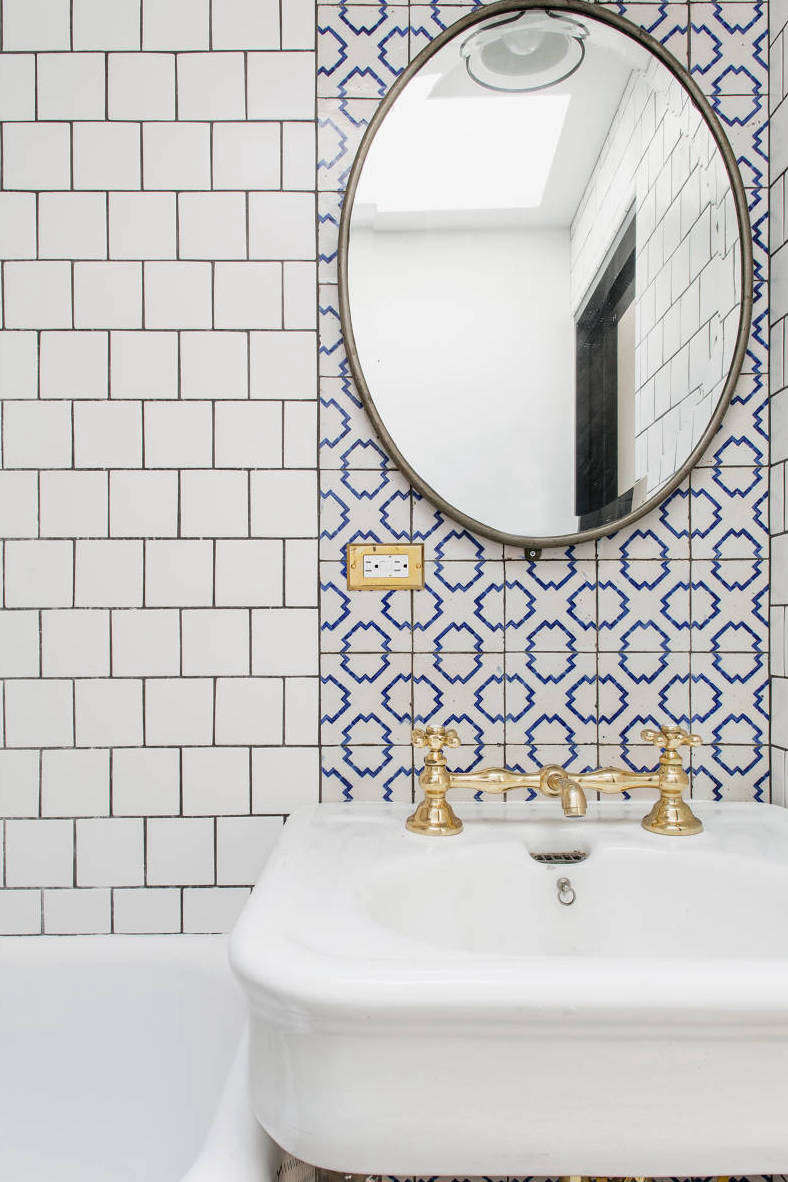
These ceramic tiles are now an icon of Portugal, but their history can be traced to Spain and, before that, to Egypt (the name azulejo comes from the Arabic al zellige, meaning “polished stone”), where they acted as ingenious climate control against desert heat. When Moorish influence brought the tiles to the Iberian Peninsula, they also proved useful against the dry, hot climate of present-day Spain, and in the 13th century the city of Sevilla became a central production hub. (An early, and famous, example of Moorish tile in Spain is at the Alhambra in Granada, where tile mosaics are made up of alicatados—a technique where tile panels are dyed one color, cut into geometric shapes, and fitted together like a puzzle.)
Azulejos came to Portugal when King Manuel I, stunned by the tiles he saw everywhere during a visit to Spain, brought the tradition back to his own country. It was in Portugal that azulejos started to take on a more ornate, decorative style, using a variety of techniques and incorporating influences from Indian to Dutch. Particularly with large expanses of bare-plaster walls, Portuguese tiles became a way of filling up empty space with detail and design.
Now, hoteliers and architects are taking this ancient tradition and making it modern. To get the look at home, tile your kitchen, bath, or floors with one of the five designs below.
Five to Buy

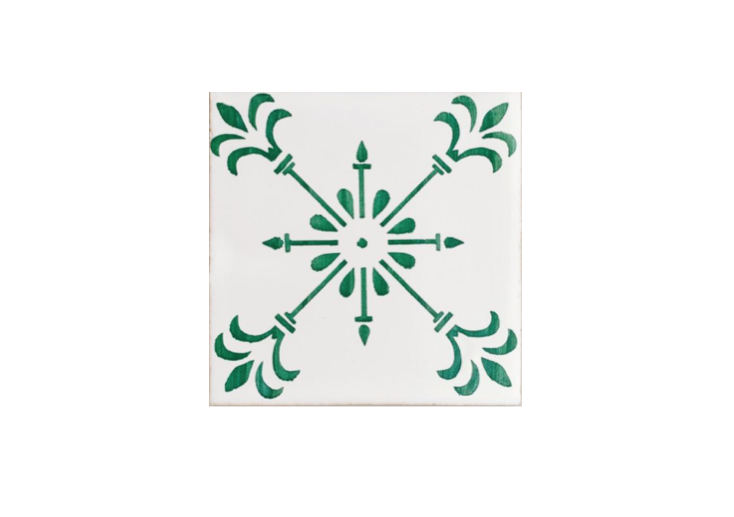



For more tile inspiration, check out our posts:
- Trend Alert: Bold Hand-Painted Tiles by Designers and Artists
- DIY Idea: Tiny Tiled Backsplashes That Pack a Punch
N.B.: This story originally ran on September 27, 2016 and has been updated with new links and information.
Frequently asked questions
What are Portuguese azulejo tiles?
Portuguese azulejo tiles are traditional tin-glazed ceramic tiles that were introduced to Portugal by the Moors in the 15th century. These tiles are typically blue and white in color and feature intricate geometric or floral patterns.
What is the meaning behind the designs on azulejo tiles?
The designs on azulejo tiles often feature historical or religious motifs, such as scenes from the Bible or Portugal's maritime history. They can also depict everyday life and nature, with intricate patterns and motifs often inspired by Moorish art and design.
What are some common uses for azulejo tiles?
Azulejo tiles are commonly used in Portugal for exterior and interior decoration in homes, buildings, and churches. They are often seen on building facades, as well as in kitchens and bathrooms.
What is the process for making azulejo tiles?
Azulejo tiles are made by first shaping raw clay into a flat, rectangular tile shape. The tile is then coated with a layer of white glaze and painted with intricate designs using colored pigments. After the designs are painted, the tile is fired in a kiln at a high temperature to set the glaze and colors.
Can azulejo tiles be used in modern design?
Yes, azulejo tiles can be used in modern design, as they are a versatile and timeless decorative element. They can be used to add a traditional touch to a modern space or to create a bold statement in a more traditional setting.
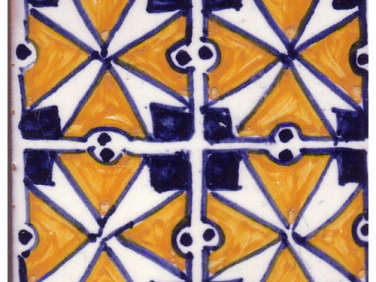
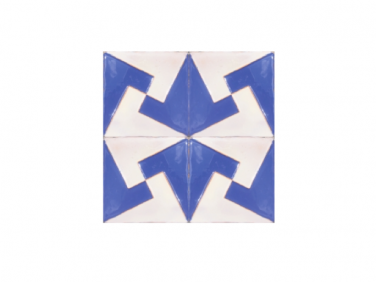
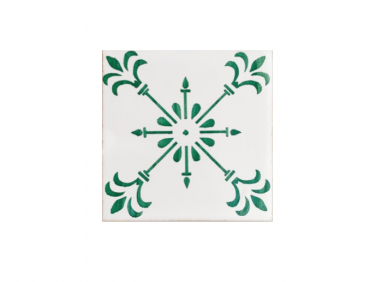
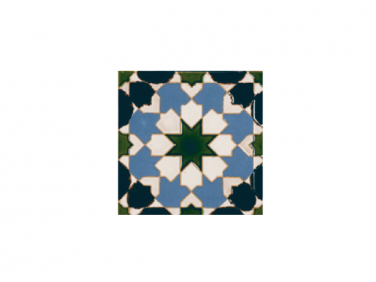
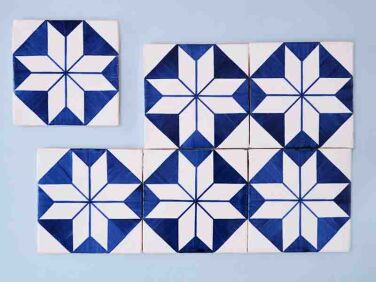
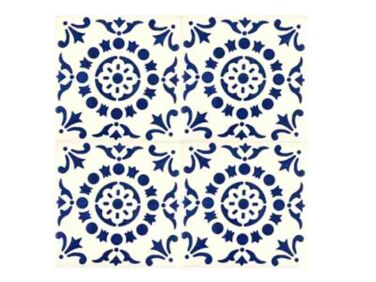
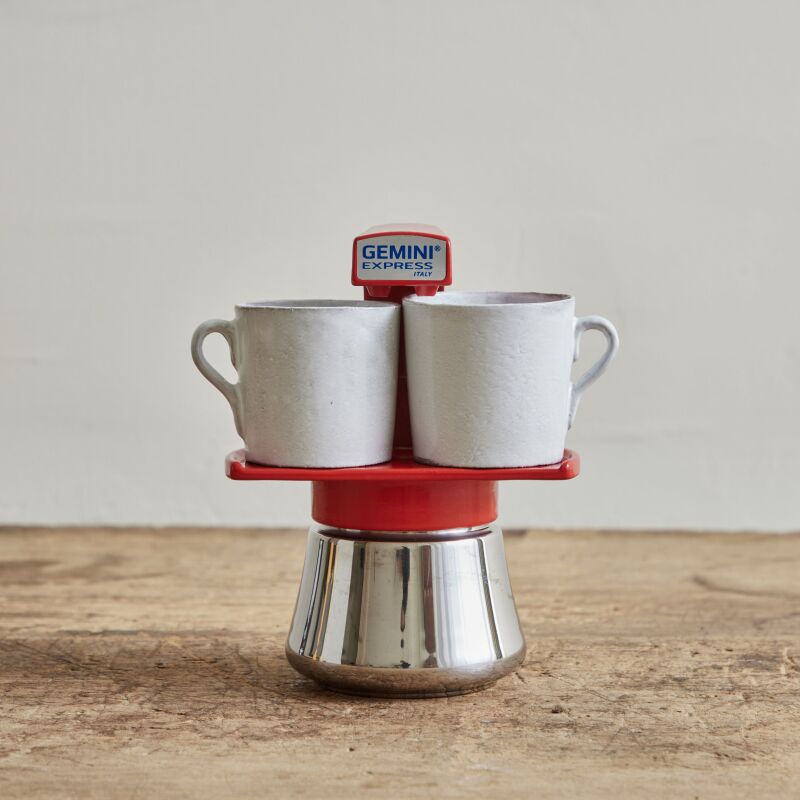
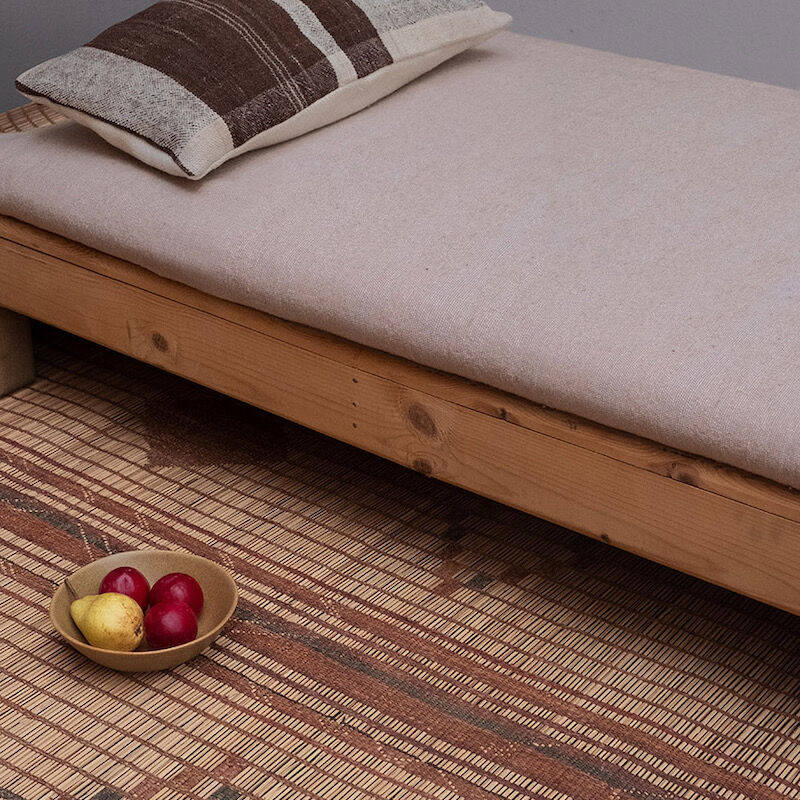
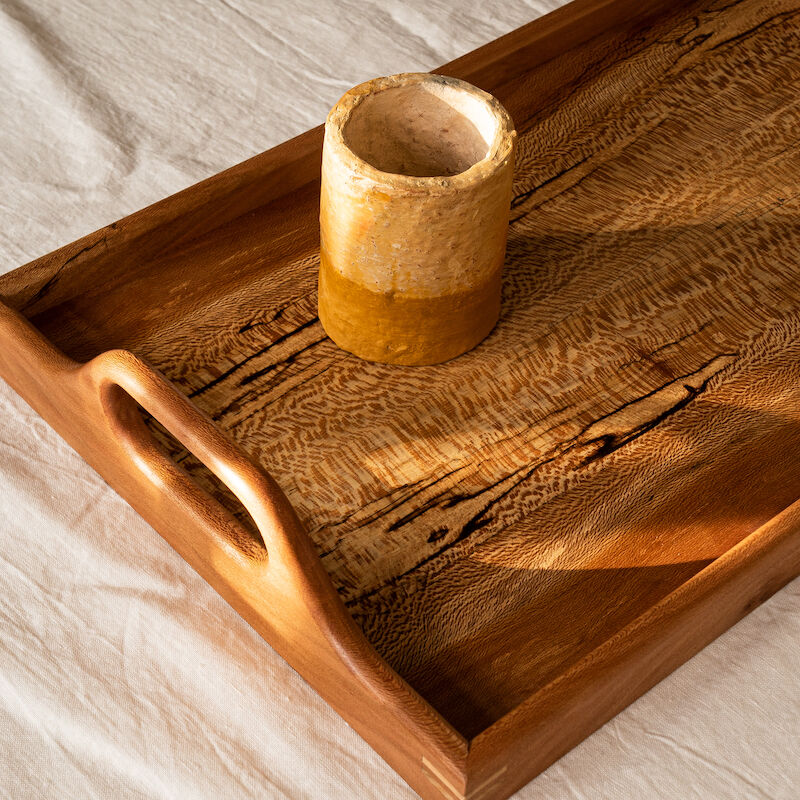



Have a Question or Comment About This Post?
Join the conversation